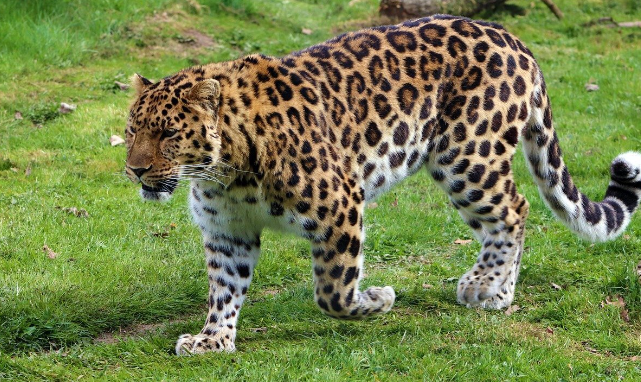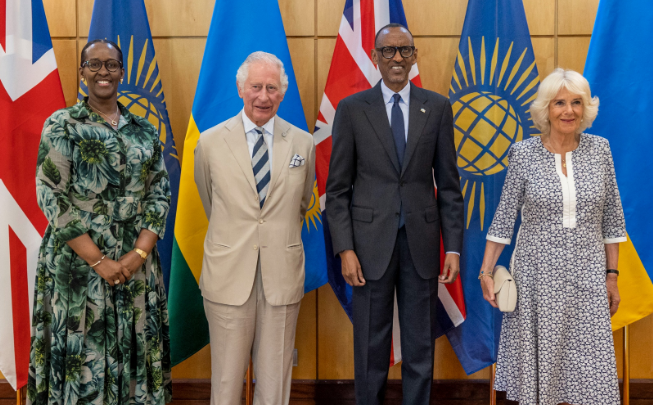There are a lot of endangered animals in the world but what are the most endangered and how do you help them?
Today, we look at the top five and learn how we can prevent their extinction.
5. The tooth-billed pigeon
The tooth-billed pigeon is a 31cm long bird that only lives on the Samoan Islands. It is a biological relative of the dodo. Currently, there are only 70 – 380 tooth-billed pigeons alive in the wild. Tooth-billed pigeons are hard to find as they are elusive.
Advertisement
Previously, poaching has had a significant impact on population declination. Though killing a tooth-billed pigeon is outlawed, some are still harmed on hunts for other birds. Presently, tooth-billed pigeons are at risk of habitat loss and are also being hurt by humans’ plants and animals introduced to their islands.
4. The Gharial
Gharials are fish-eating crocodiles found in India. Their snouts are long and thin with a bump on the end. They live in freshwater rivers and only come out to sunbathe and lay eggs. Their numbers are on the decline due to several human-caused factors, including habitat loss, entanglement in fishing nets, and traditional medicine use. There are only 100-300 left in the wild.
Advertisement
Gharials are the colour of olive, with the children being lighter than the adults. Its back turns black at 20 years, but its underside is yellowish-white. The gharial has over 50 teeth. The gharial has been hunted almost to extinction in several of India’s rivers.
Gharial mating season starts in February when the weather is warm. The females have to trek a long way to meet up with other females and dig their nests. Gharials can lay any amount of eggs from 20-95.
3. The Kakapo
The Kakapo is a nocturnal ground-dwelling parrot. They only live on Codfish Island and Anchor Island. The kakapo’s sense of smell helps them find food in the dark. Though the kakapo is the only flightless parrot, it is an excellent climber and can also glide.
Advertisement
Kakapo can survive many different climates and environments. Juvenile kakapo play fights a lot and can be found with one’s head under another’s chin. They have a curious instinct and have shown interest in humans. Only around 140 individuals remain.
Kakapo is most endangered because of animals introduced to their homes by humans.
2. The Amur Leopard
The Amur leopard is the most endangered big cat in the world. Only 70 are estimated to be alive today. Amur leopards are at risk because of poaching for their coats. They can be sold for up to $1000! They are solitary animals. The Amur leopard hides its uneaten kills so other animals won’t steal them.
Advertisement
Amur leopards sometimes fight over females and stay with them to help raise the cubs. Amur leopards live for about 10-15 years. Amur leopards currently inhabit an area of roughly 7,000 square kilometres. Unlike most felines, Amur leopards are diurnal, they hunt in the daytime.
- The Vaquita
The vaquita is both the smallest and most endangered marine mammal. It has been classified as critically endangered since 1996. They are mostly killed due to gillnets made to catch Totoaba fish. These nets keep it down and it can’t come up for air. So it drowns.
Advertisement
There are now laws in place to stop vaquita-entangling gillnets, but the vaquita only lives in a small portion of the sea in the Gulf of California and it stays next to the shoreline where there is more food. Vaquitas barely come up for air. They only have to breathe for three seconds every few minutes!
Vaquitas are similar in size to a human. They are also shy and elusive. Unfortunately, they can’t elude the gillnets that have caused so many of them to drown. Despite huge efforts to stop it, the decline in the vaquita population is still ongoing. They could be the next species humans kill to the point of extinction.
Advertisement
You might be thinking, these animals are cool but what’s the point of saving them? These animals live in a complex ecosystem, where one small change could completely wreck the predator-prey balance which could affect our everyday lives. In some areas, money from selling fish is the only source of income for people. Vaquitas eat those fishes but there is a balance in the ecosystem and this means there is still enough fish for humans to eat.
If all the Vaquitas disappear, the predators that hunt them will have to look for another dish on the menu. This could be the fish the vaquita used to eat but those predators are bigger and would need more fish. All the fish die. This means people living in fishing communities would have no money and no food. And they die. This can happen in many different ways depending on the environment, but it will always happen.
Advertisement
Some ways you can help are by donating money to good organisations which help the animals. Or you can join the front lines by joining or starting a cleanup or protest.
Views expressed by contributors are strictly personal and not of TheCable.
Add a comment







